Type: Medium Tank/Cruiser Tank
Nation: Canada
Period: World War 2
Location: Vrijheidsmuseum, Groesbeek, Netherlands
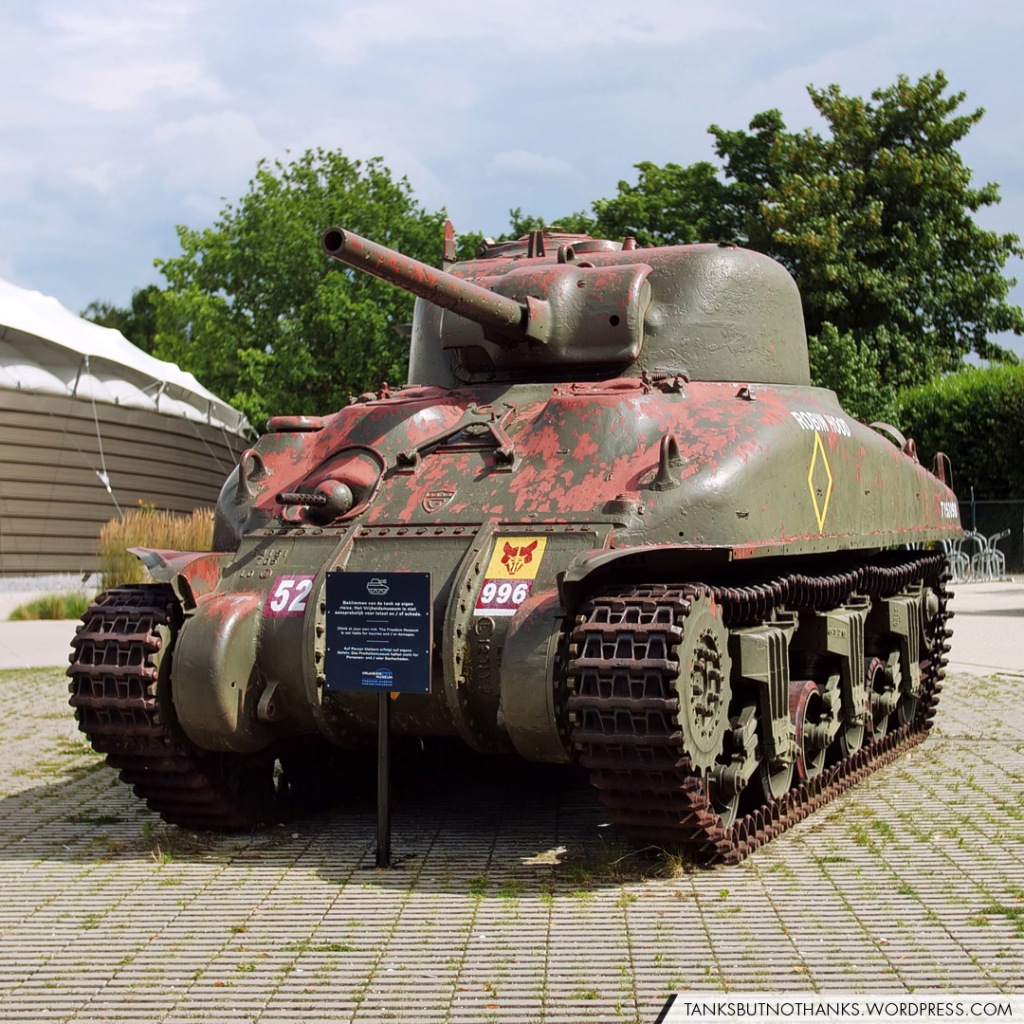
Full metal footprint
The Grizzly I cruiser tank was basically a Canadian licence-built M4A1. It is sometimes falsely referred to as the M4A5, but the Americans had actually applied this designation to the Ram II in February 1942. Apart from a few minor changes the Grizzly and the M4A1 were identical. Modifications included different stowage arrangements, the installation of a British Number 19 wireless set and a smoke mortar in the turret. Later Grizzlies were equipped with the Canadian dry pin tracks which had a shorter pitch length and required a 17-teeth drive sprocket. This aggressive all-metal track was introduced to save rubber, which at the time was becoming scarce due to the Japanese occupation of South East Asia. The rubber shortage also sparked the development of several metal track types in the US, but they were all designed to fit the Sherman’s original 13-teeth sprocket. Only a small number of the Grizzlies were sent to Great Britain while the majority stayed with training units in Canada.

Better safe than sorry
Alarmed by the Fall of France in 1940, Canada had developed the Ram I cruiser tank based on the US-built M3 Lee/Grant. However, in 1942 the decision was made to equip Canada’s armoured formations with the same medium tank as their American and British allies. After some delays the production lines at the Montreal Locomotive Works were switched from the Ram II to the Grizzly in August 1943. But as it soon became clear that the American factories were perfectly able to churn out enough Shermans to supply all allied armies, production of the Grizzly gun tank was halted in December 1943 after only 188 completed vehicles. Some of the Grizzly’s components stayed in production nonetheless: They were used for the successful self-propelled gun Sexton II.
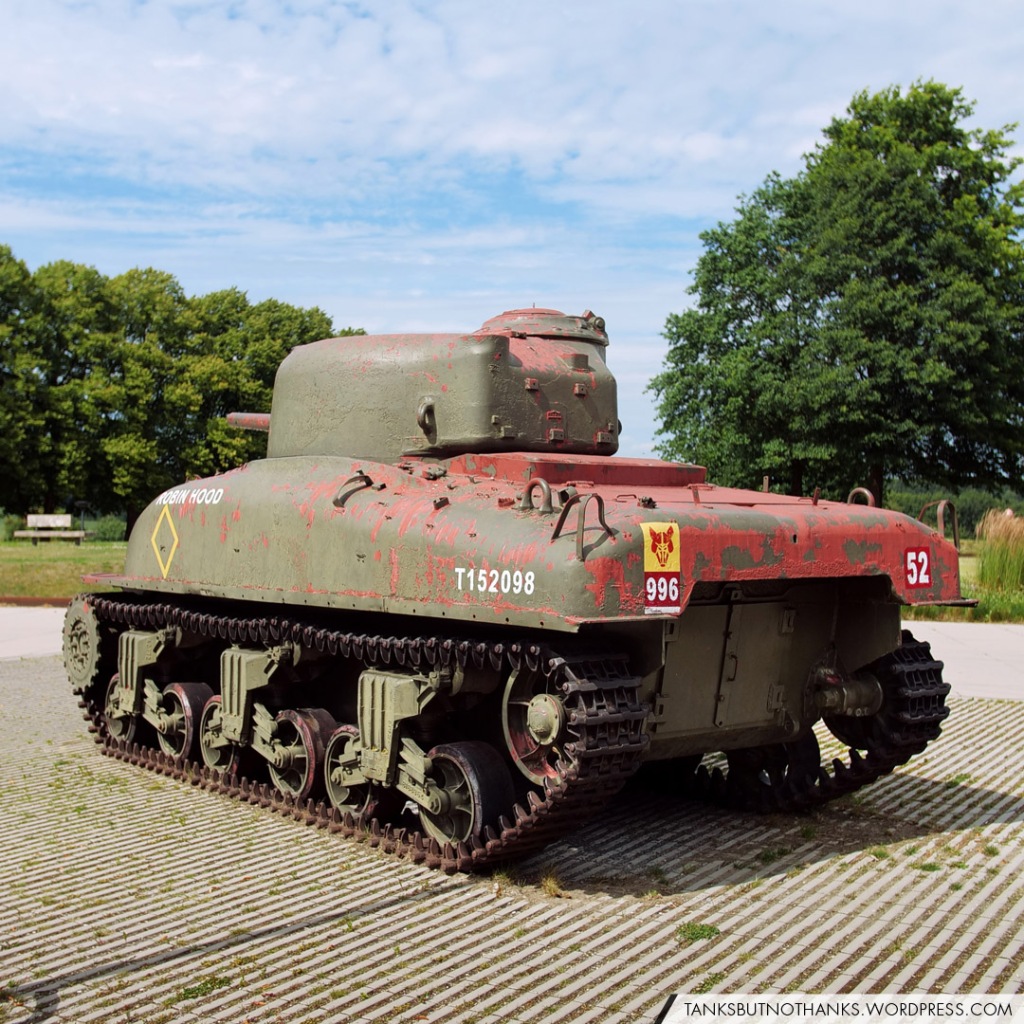
Liberation monument
This particular vehicle is located at the Vrijheidsmuseum (= Freedom Museum) in Groesbeek. It was painted to resemble the Regimental HQ command tank of the Sherwood Rangers Yeomanry – one of the three tank regiments in the British 8th Armoured Brigade, whose insignia was a red fox‘s mask on a yellow background. The yellow diamond stood for the Regimental Headquarters Squadron, while tanks in A Squadron were marked with a triangle, those in B Squadron with a square and C Squadron with a circle. The SRY was the first British unit to cross into German territory in September 1944 and its tanks played a vital role in the liberation of the Groesbeek area. However, they were not operating Canadian-built Grizzlies, but American-supplied 75 mm Shermans and Firefly conversions. Originally a Canadian Ram II tank, which had previously been serving as a gate guard at Amersfoort, was placed at the Sherwood Rangers Monument in Groesbeek. In 1988 it was swapped for a more appropriate Sherman from The Tank Museum in Bovington. This vehicle, which was at some point equipped with the late vision cupola, was one of the Grizzlies supplied to Portugal under NATO’s Mutual Defence Assistance Program (MDAP) in the early 1950s. When Portugal modernised their fleet in the 1980s, many of their tanks were sold to British museums and private collectors. In 2010 the Groesbeek Grizzly was briefly restored in Wakefield, UK and it now resides in the Vrijheidsmuseum’s parking lot.
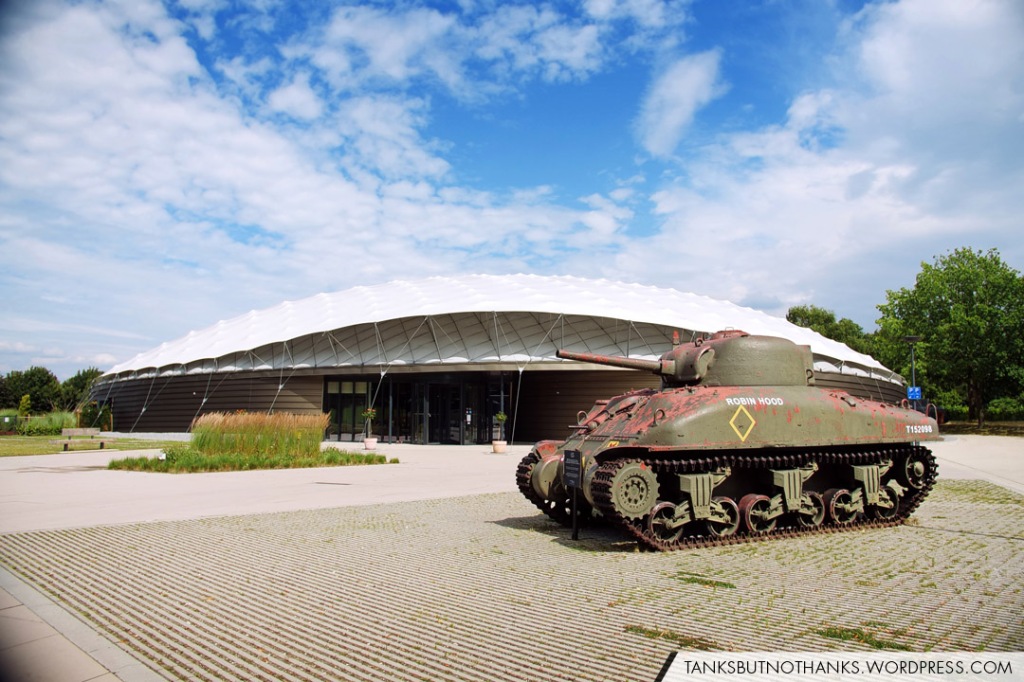
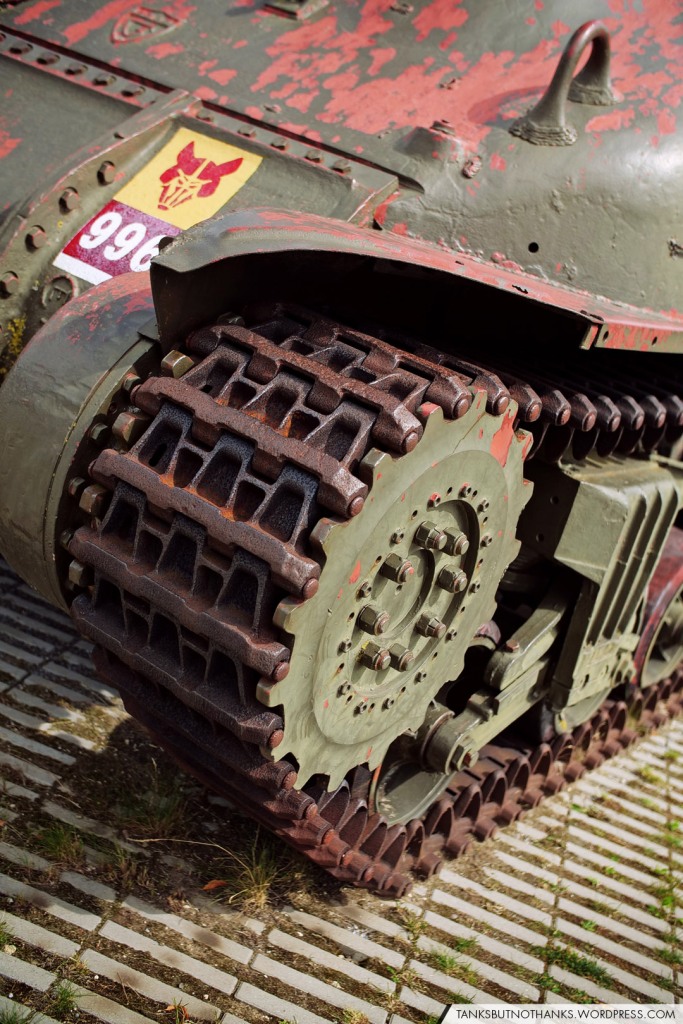
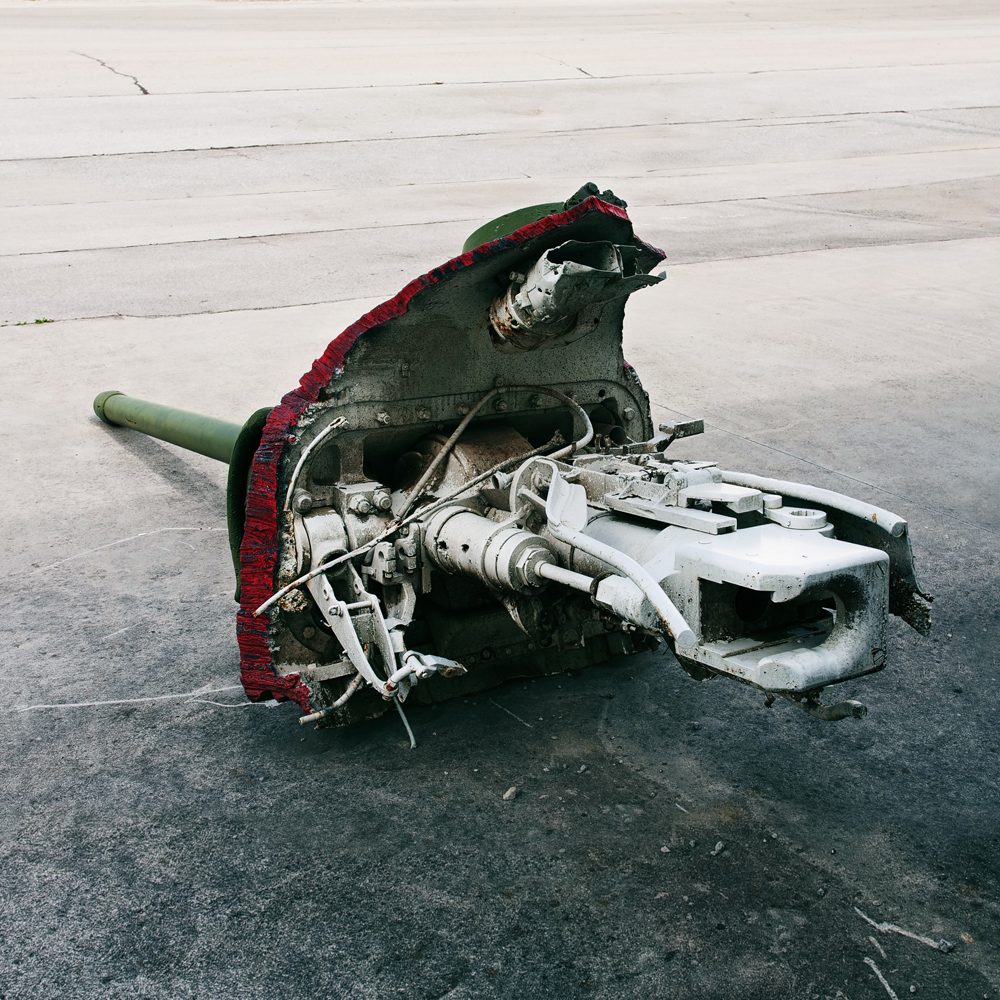
One response to “Grizzly I „Robin Hood“”
[…] of domestic cruiser tank production of the Ram II (based on the American M3 Grant/Lee) and the Grizzly (based on the M4A1 Sherman) had just been declared unnecessary – because the United States’ […]
LikeLike